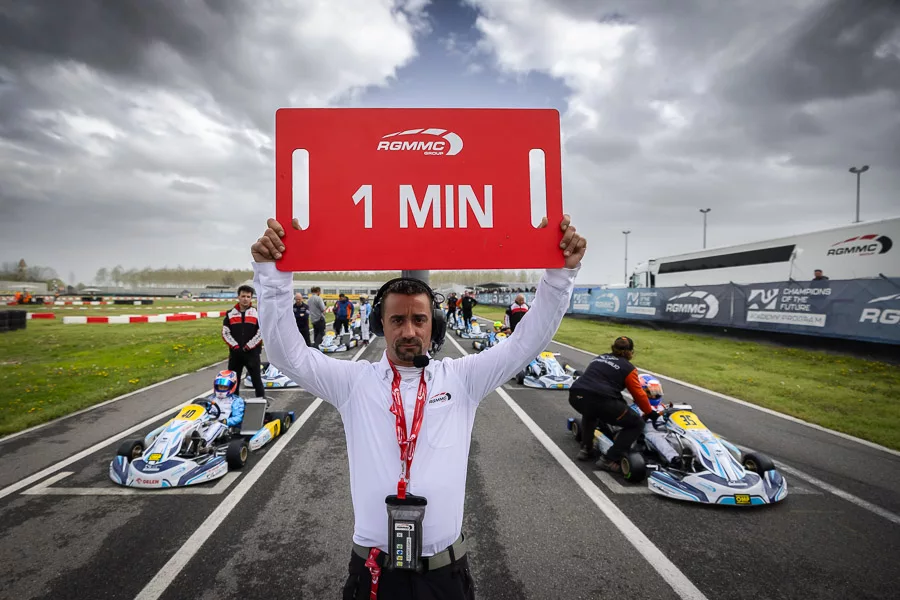It was undoubtedly Rotax that really paved the way in 2004 by introducing single-make chassis in its Grand Final to support the rise of the MAX 125. Previously, there had been other attempts to offer races with the same equipment in order to reduce budgets and performance gaps. Some were even successful, but not on the scale of the Rotax Max Challenge Grand Finals. The concept has been applied on various occasions, for example by Birel with Easykart, the CIK-FIA with the Academy Trophy, and then the FFSA with its French Junior Karting Championship.

The priorities of these one-design formulas, which are now known as ‘Arrive and Drive’, have always been facilitating access to competition, attracting new drivers and offering them the opportunity to learn. Being able to make your competitive debut while avoiding some of the inherent logistical problems is still very much a topical issue at a time when it’s still not easy to find your way through the jungle of racing. Whether it’s a question of launching young drivers or taking the plunge from leisure karting, taking the plunge and discovering hardcore competition is still an obstacle to the development of the discipline.
The introduction by RGMMC of its Champions of the Future Academy Program marks a turning point in this sector. The aim is clearly to reach the highest level, but with unprecedented ease of access. The turnkey formula is unrivalled in attracting new competitors, yet the Academy Program boasts a good number of drivers who are well-versed in the subtleties of racing. Their motivation is undoubtedly to compete on equal terms. It has to be said that the equipment on offer – Parolin/TM in the Mini class, KR/Iame in the OK-N Junior and OK-N Senior classes, Vega tyres – has little to envy from top-level competition. While the Mini category brings together many drivers already seen in the WSK Promotion series, the renewal is clearer in the Junior and Senior categories. It’s true that the international OK and OK-Junior drivers are already too busy to worry about the Academy Programme, with the WSK Promotion series at the start of the year, followed by the Champions of the Future Euro Series and the FIA Karting championships, where the most prestigious titles can be won.
It’s difficult to fully deliver on the promise of sporting fairness in motorsports. The draw and frequent engine swaps make up for any mechanical differences. However, RGMMC could succeed thanks to the progress made in recent years in the quality of engine manufacture. The OK-N categories offer solid benefits in this respect, as we can see in this second year of existence. The manufacturers took the time to fine-tune their products during 2023, a busy year during which they also had to manage new homologations in all the categories, and the 2024 deliveries are smooth. The Mini Gr.3 builds on its long experience in Italy to become the undisputed benchmark for the youngest racers.
While we’ll be keeping a close eye on the continuation of the Champions of the Future Academy Programme, it might not be out of place to think about variations of this concept in national competitions. After all, OK-N was created with this objective in mind, and supplying identical engines as part of an ‘Arrive and Drive’ competition suits it well. Let’s be clear, this is not about advocating single-make categories at all levels. That would be totally counterproductive. On the other hand, creating new entry points into kart racing in the same way as the Academy Program is worth thinking about…
Info KARTCOM Selection / Photo © RGMMC – The RaceBox




